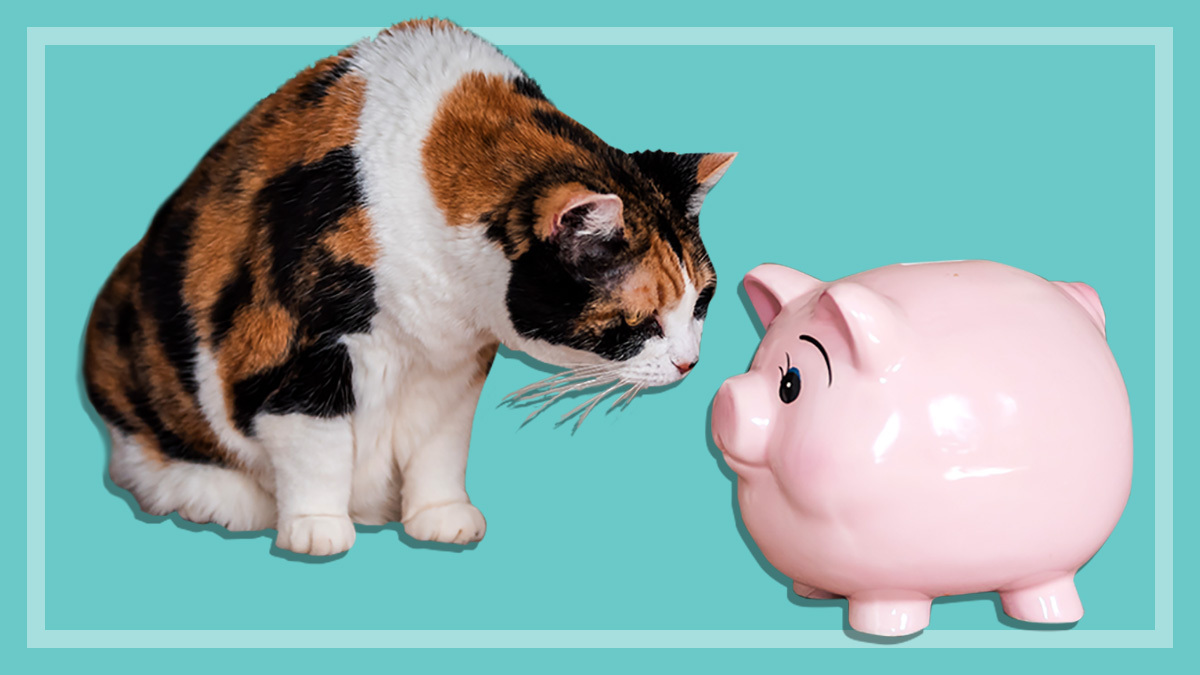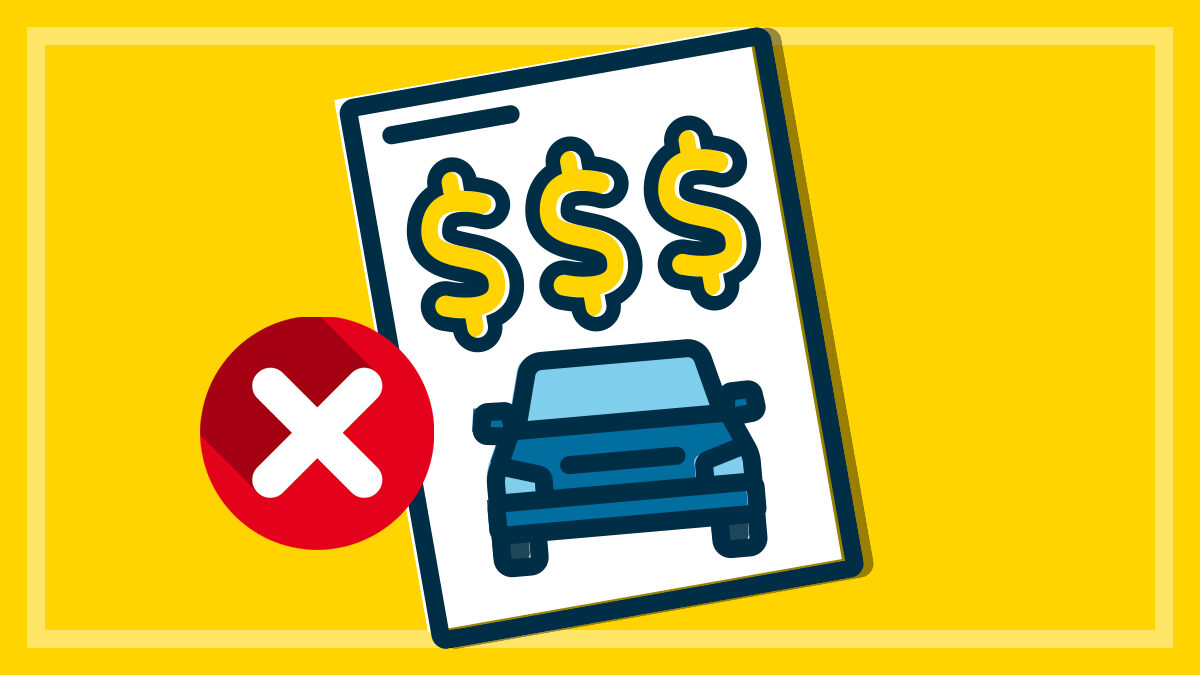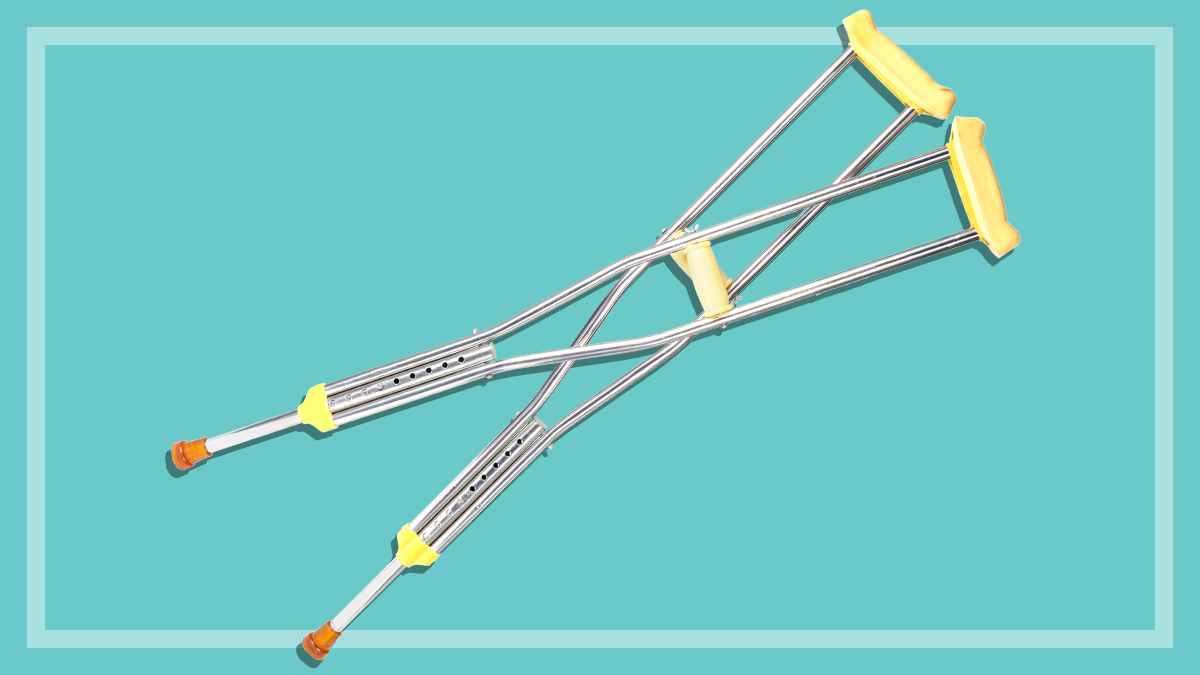Get our independent lab tests, expert reviews and honest advice.
Do you need pet insurance?

Pet insurance can cover expensive surgery or treatment after an accident or illness. But in the past, pet insurance policies had real problems, with many not worth the money you paid for it. It’s why we gave the whole industry a Shonky Award in 2019.
On this page:
- How pet insurance works
- How much cover do I need?
- Pre-existing conditions now sometimes covered
- How do the different insurers treat pre-existing conditions?
- What about preventative care?
But there is some good news. Since then, insurers have engaged with CHOICE and made positive changes to their policies.
This guide will help you decide if you need pet insurance and show you what to look out for when shopping for a policy.
How pet insurance works
Pet insurance allows you to claim back a part (or in some cases all) of your vet bill – usually up to an annual limit.
Most policies normally fall into two categories: accident-only cover, and comprehensive accident and illness cover. While pet insurance covers surgery, hospitalisation and medicines, in many cases dental care, vaccinations and preventative treatment aren’t included.
In a typical claim, you’ll pay an excess (around $100), as well as a copayment (usually 20–35% of the vet bill) and your insurer will cover the rest
In a typical claim, you’ll pay an excess (around $100), as well as a copayment (usually 20–35% of the vet bill) and your insurer will cover the rest. Excesses are usually charged per condition, so if you need to make multiple claims for the same condition, you’ll only pay the excess once a year.
While there are many brands offering pet insurance in Australia, until recently they were all underwritten by just three providers: Petplan, Hollard and RACQ. Since 2019, Trupanion, Knose, Vet Choice/Coles (provided by Guild Insurance) and Budget Direct have entered the market.
How much cover do I need?
You should approach this from two angles. Firstly, consider the maximum annual benefit a policy offers – the total amount the insurer will pay out each year.
The second thing to look at is the range of features on offer. Identify policies with features you’re likely to need. Will your pug’s hereditary conditions be covered? Do you really need public liability insurance for your chihuahua?
Annual benefit levels range from $3000 to unlimited. Many policies set sub-limits for the treatment of tick paralysis, dental illness and cruciate ligament injury.
Treatment costs vary between animal and breed. For example, treatment for tick paralysis – a common and serious ailment among animals in the bush – might cost up to several thousand dollars if emergency hospitalisation is required. Consult with your vet about the particular health risks your pet is likely to face due to its breed or your location.
Dental illness is a common exclusion, so it’s also good to speak to your vet about that. If your pet’s breed is susceptible to tooth problems, you should consider a policy with a high limit for dental illness. Some policies allow optional cover for dental illness, if it isn’t covered as standard.
See our articles and recommendations for best insurance for brachycephalic dogs and cavoodles to get an idea on what to look for in a pet insurance policy and how much insurance costs for different breeds.
You can’t get an old dog a new policy
If you’re shopping around to insure a pet older than eight, you’ll find yourself restricted to just a handful of comprehensive policies or seniors’ products and accident-only policies.
The reason given by insurers is that this keeps premiums under control and encourages pet owners to get insured when their animal is young and healthy (so your premiums can subsidise older pets’ healthcare needs).
This restricts the customer’s ability to switch while the insurer can change the policy with each annual renewal. Conceivably, the policy you sign your kitten up to might look very different to the one covering your old moggy 15 years later.
Pre-existing conditions now sometimes covered
The biggest problem with pet insurance is that you’re locked into your current policy if your pet develops a health condition. If you switch, you won’t be covered for any pre-existing conditions while your insurer can change premiums and introduce new restrictions with each renewal.
A pre-existing condition is an illness or injury the pet had before you took out the pet insurance policy or switched to it from another policy.
Most insurers will now cover new customers for pre-existing conditions if those conditions are fully cured, while chronic conditions are still not covered. With most insurers the pet needs to be symptom-free for a period of time.
Examples of pre-existing health issues that could get covered are:
- your puppy has gastro and develops gastro again a few years later for a different reason
- a new unrelated injury on a previously broken leg that was healed
- a different type of lump after a previously benign (not cancerous) lump has been successfully removed.
In the past, the wording for cover of existing medical conditions was vague. If your pet displayed symptoms of illness that were like symptoms they’d experienced before you bought the policy, then the wording meant cover could have been excluded – even if it was a different illness that just happened to have the same symptoms.
Now there is much better clarity: as long as the new health issue is not related to or caused by the pre-existing health condition, and other conditions are met, the illness would be covered in most cases. For details on the cover from different underwriters, see below.
This doesn’t remove the problem of getting cover for existing medical conditions. But it aligns pet insurance with life and travel insurance – all of these insurances may exclude cover for pre-existing medical conditions.
How do the different insurers treat pre-existing conditions?
There are two different ways in which pet insurers cover ‘cured’ conditions. Budget Direct, RACQ, Hollard, and Knose have a set time period that the pet needs to be symptom-free after which the condition can be reviewed and covered.
Guild and Trupanion cover conditions that are not ‘medically related’ to cured pre-existing conditions even if the pet shows the same symptoms.
All insurers still exclude chronic conditions such as arthritis or diabetes as well as degenerative conditions such as ligament deterioration. Bilateral conditions are also excluded, for example, if your dog had a pre-existing cruciate ligament on one leg, a new insurer would not cover a cruciate ligament in a different leg.
If you suspect your pet could have a pre-existing condition and want to take out pet insurance for the first time or switch insurers, ask lots of questions and get the answers in writing
The cover for pre-existing conditions can be very complex, so if you suspect your pet could have a pre-existing condition and want to take out pet insurance for the first time or switch insurers, ask lots of questions and get the answers in writing. If the insurer determines there is a pre-existing condition, ask if you have to apply for a waiver to get it removed, how long your pet needs to be symptom-free and what supporting information you’ll need.
You don’t want to be in the situation where you have your first claim and need to get all the medical history of your pet together only to be told you’re not covered.
Budget Direct
Pre-existing conditions are not excluded from cover if they’re fully cured and the pet has been symptom-free for at least 12 months.
Hollard
Pre-existing conditions are not excluded from cover if they’re fully cured and ‘temporary’ and the pet has been symptom-free for at least 18 months.
Knose
Pre-existing condition restrictions may be waived if the condition is fully cured. The time limit a pet has to be symptom-free varies depending on the condition and is usually in between 3–24 months.
RACQ
A pre-existing condition restriction may be waived if the condition is “not lifelong and with no cure” after your pet has been symptom-free for at least 18 months.
Petplan/Petcover
Petcover reviews pre-existing conditions for new customers and may remove them as an exclusion on the policy if they’re temporary and cured (Petplan is currently not selling new policies but is moving customers to Petcover).
Guild Insurance (VetsChoice and Coles)
Pre-existing conditions are not excluded if they are “temporary”. Guild defines that as “any condition that has been experienced by the pet for a period of time but is no longer present as a result of treatment”.
Trupanion
Pre-existing conditions are not excluded if they’re cured or not medically related even if the symptoms are the same as a condition that the pet had before being insured.
What about preventative care?
Routine preventative treatments, like the cost of vaccinations, desexing and parasite control, aren’t usually covered.
Many policies offer these extras for an additional fixed cost – different brands call it “routine care”, “wellness cover” or “tender loving care”. Like human health insurance extras, the trick to getting value is to make more in claims than the cost of the bolt-on.
Think of it as a discount voucher for things that you probably should be doing for your pet anyway. The RSPCA estimates that flea or worm medication alone could cost you up to $150 each year. If you claim the entire annual benefit for routine care, you can save between $20 and $65. It isn’t much in the grand scheme of things, but might be worthwhile in the first year of cover to help with desexing, microchip and council registration. It might also be the nudge you need to take your pet for regular check-ups.
Some policies let you pay extra to add optional extra cover for alternative treatments, which can include physiotherapy and hydrotherapy.






